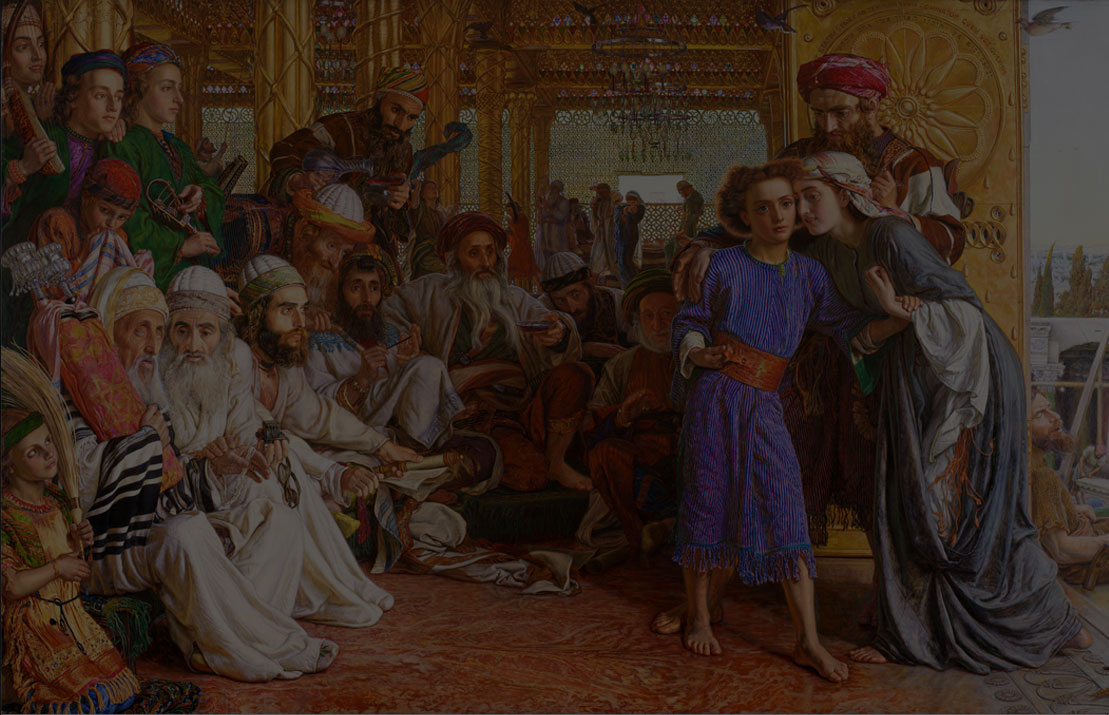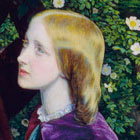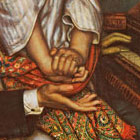Hunt passed his youth in the section of London that was the center of the British textile industry. At age fourteen he found employment with a firm of muslin and calico printers, where he gained practical experience designing patterns for fabrics. Advances in the dyeing industry would have a lasting influence on his sense of color and use of brilliant, pure hues.
Most of the costumes exhibited here were purchased by Hunt during his visits to Palestine. Many were worn by the Hunt family, altered for fancy dress occasions, and ultimately used in the studio as props. Charles Trick Currelly (1876–1957), the first director of archaeology at the Royal Ontario Museum in Toronto, acquired these garments and studio effects for his museum in 1912 from Hunt’s widow, Edith. A biblical archaeologist who worked with the renowned Flinders Petrie in Egypt, Currelly became like a son to the Hunts after meeting them in 1903.




